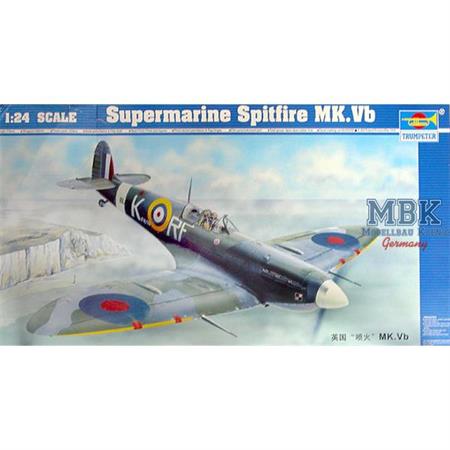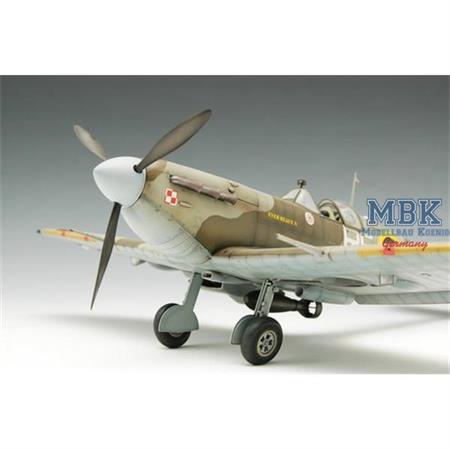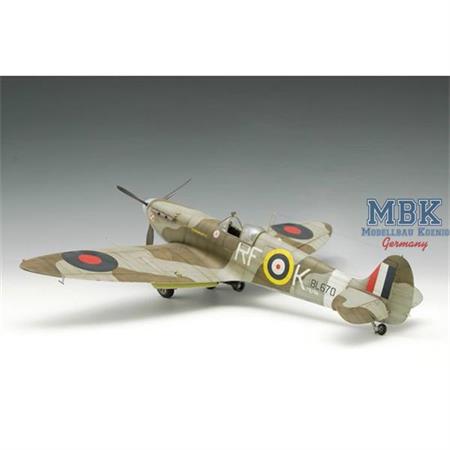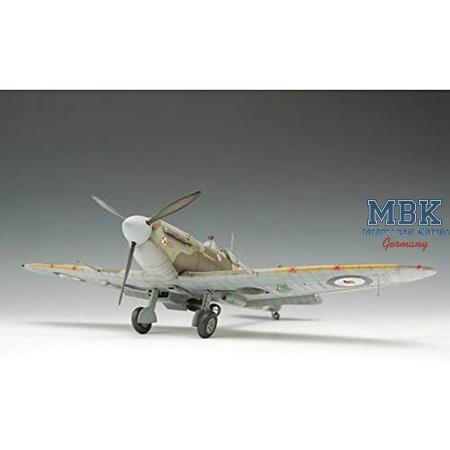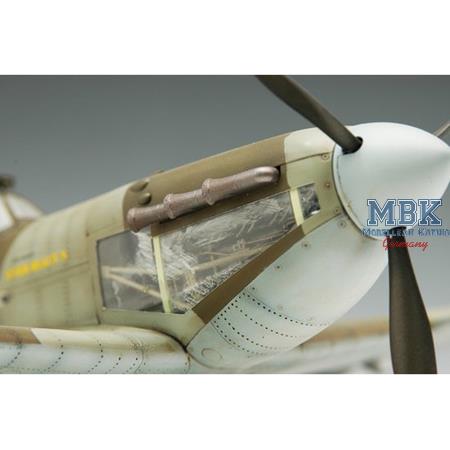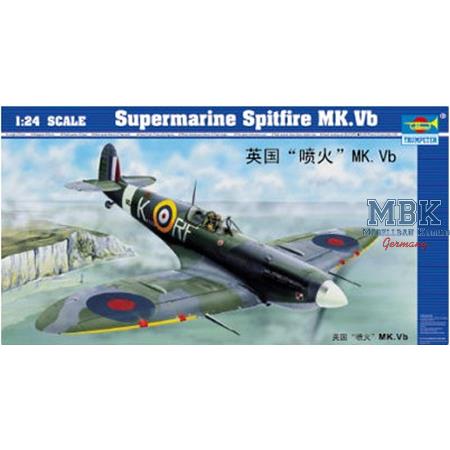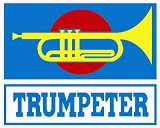
Mass production of the Spitfire began in 1936, and by 1948, more than 20,000 aircraft had been produced.
Of the various variants of the Royal Air Force's flagship fighter, the Mk.V was the most produced, with more than 6,500 aircraft entering service. By early 1941, the majority of fighter squadrons were equipped with the Spitfire Mk.I.
Pilots suggested improvements, and every effort was made to maintain its performance advantage over the competition. The most important improvement was the use of the more powerful Merlin Type 45 engine.
A version with a mixed armament of four 7.7 mm machine guns and two 20 mm cannons was designated the "Mk.Vb." Some Mk.Vbs had slanted wingtips for improved low-altitude maneuverability.
By 1942, the Spitfire was also urgently needed for overseas operations.
One of the more famous versions was the Spitfire, designed for North Africa and designated "TROP." (Tropical). To protect the engine from sand, a Vokes air cleaner was mounted over the carburetor inlet. Although the cleaner was effective, its heavy weight reduced the aircraft's speed. The problem was solved by the 103rd Maintenance Unit at Abu-Kir, which developed a smaller, more streamlined unit that was equally effective.
The Spitfire underwent numerous minor and major modifications during its production run and performed excellently on all fronts of the war.
Plastic model kit
- with photo-etched parts
Scale 1:24
unbuilt / unpainted
Paint and glue not included
Write now your personal experience with this article and help others with their purchase decision.























